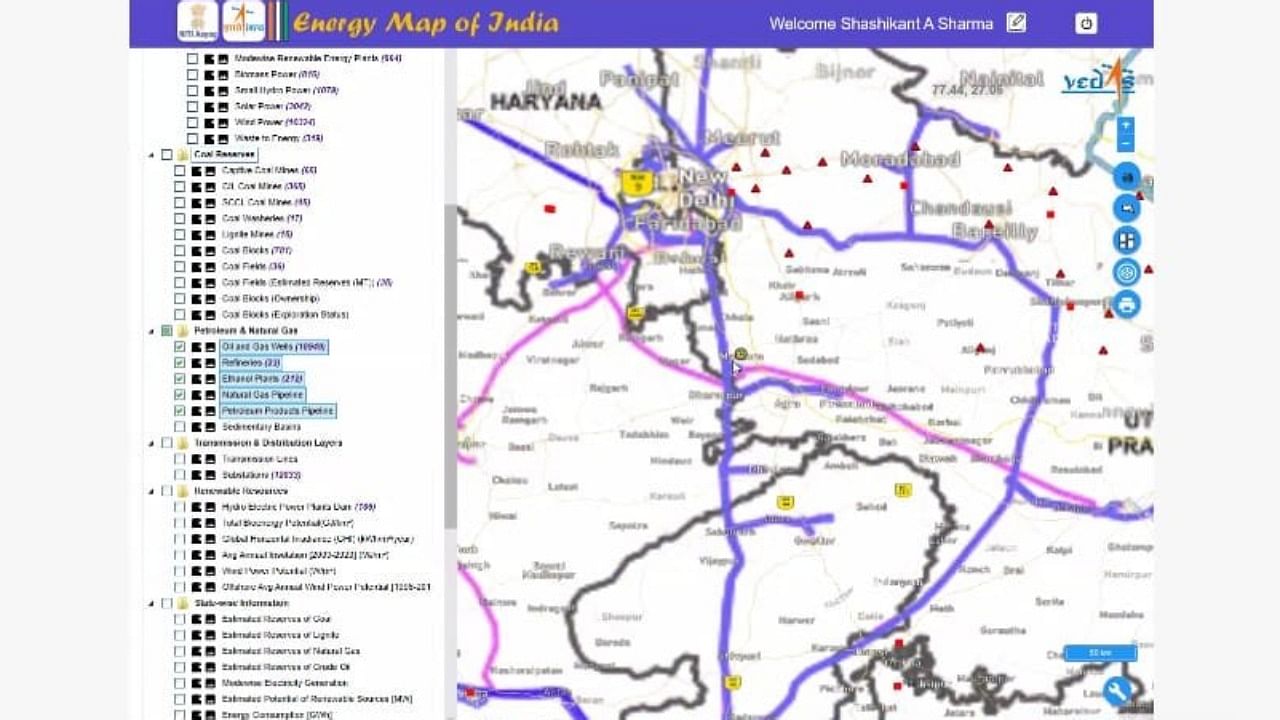
Government think tank Niti Aayog on Monday launched the Geospatial Energy Map of India, which provides a holistic picture of all energy resources such as conventional power plants, oil and gas wells, petroleum refineries, coal fields and coal blocks.
According to an official statement, the Aayog in collaboration with the Indian Space Research Organisation (ISRO) has developed a comprehensive Geographic Information System (GIS) Energy Map of India with the support of energy ministries of the Government of India.
The GIS map provides a holistic picture of all energy resources of the country which enables visualisation of energy installations such as conventional power plants, oil and gas wells, petroleum refineries, coal fields and coal blocks, district-wise data on renewable energy power plants and renewable energy resource potential, etc through 27 thematic layers, the statement said.
It further said that the map attempts to identify and locate all primary and secondary sources of energy and their transportation/transmission networks to provide a comprehensive view of energy production and distribution in a country.
While launching the GIS-based Energy Map of India, Niti Aayog Vice Chairman Rajiv Kumar said that GIS mapping of energy assets will be useful for ensuring real-time and integrated planning of the energy sector of India, given its large geographical distribution and interdependence.
“Energy markets have immense potential to bring in efficiency gains," he said, adding that going forward, GIS-based mapping of energy assets will be advantageous to all concerned stakeholders and will help in accelerating the policy-making process.
According to Kumar, fragmented data has been brought together; this will be a great research instrument.